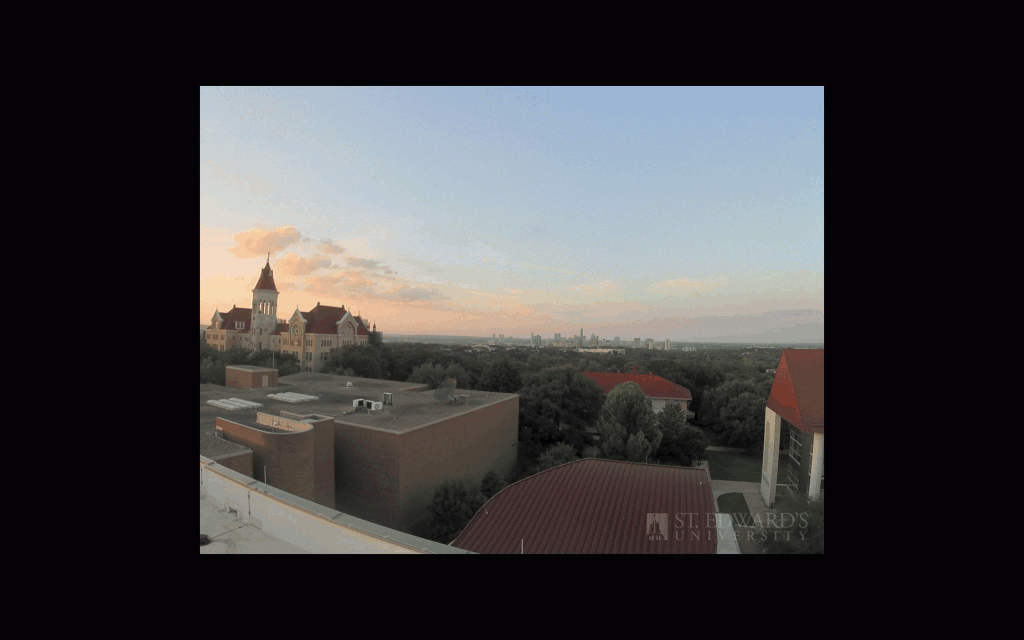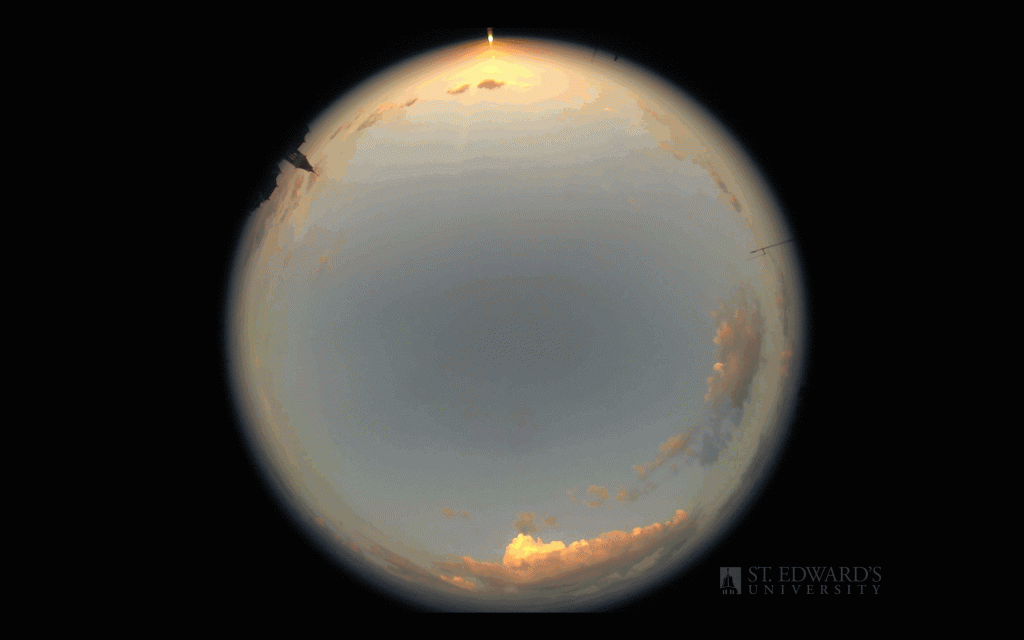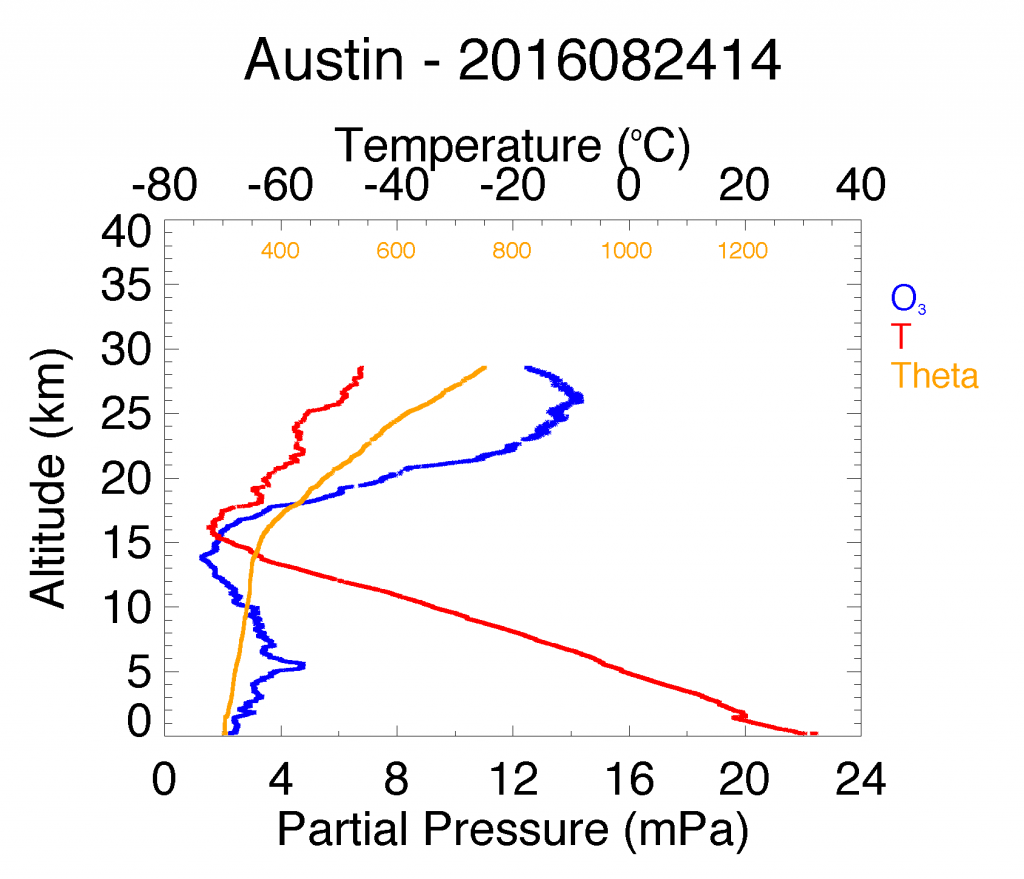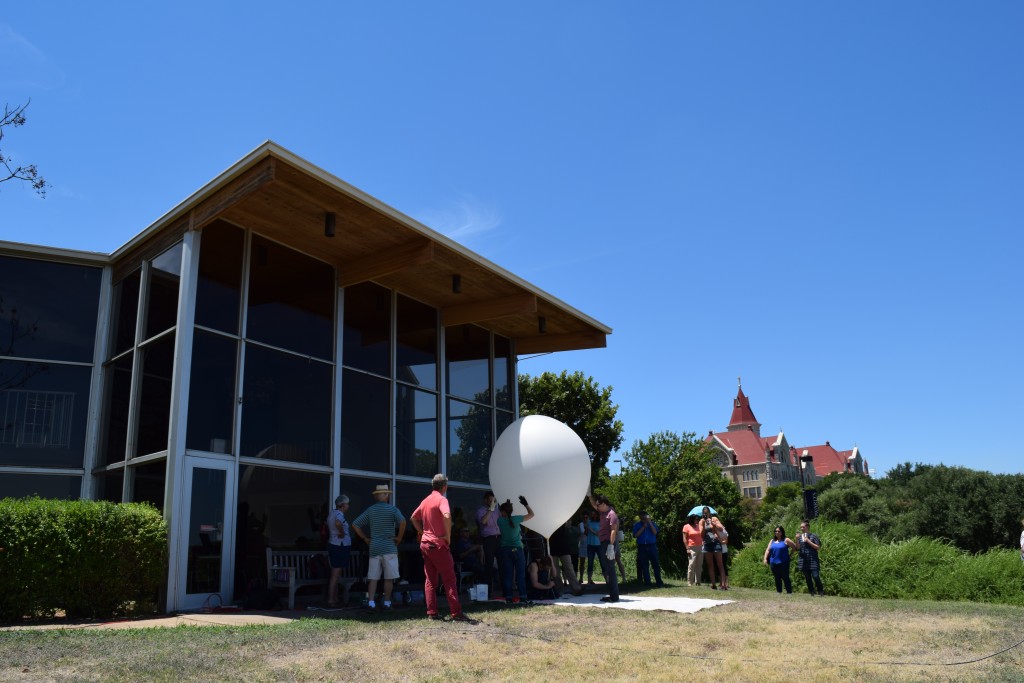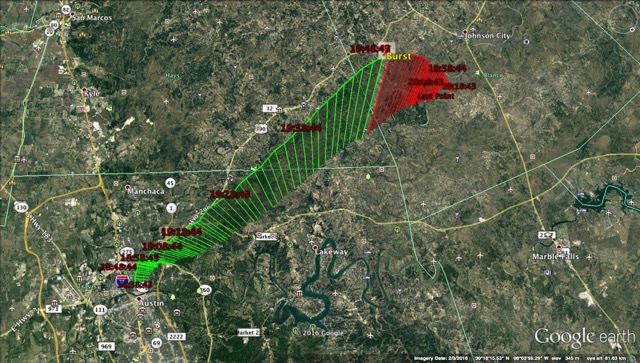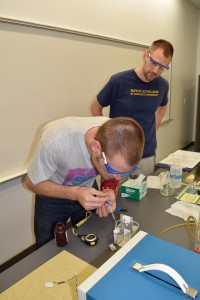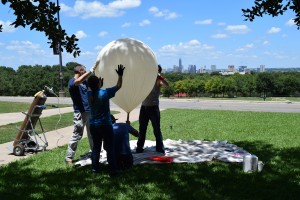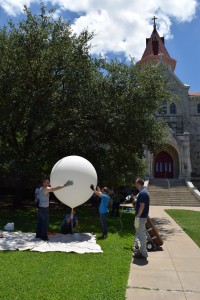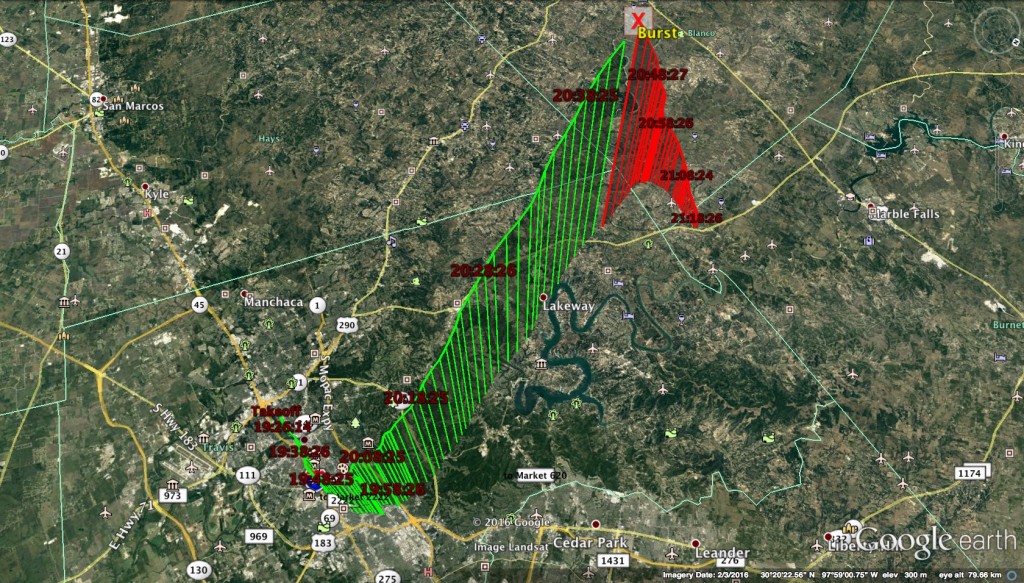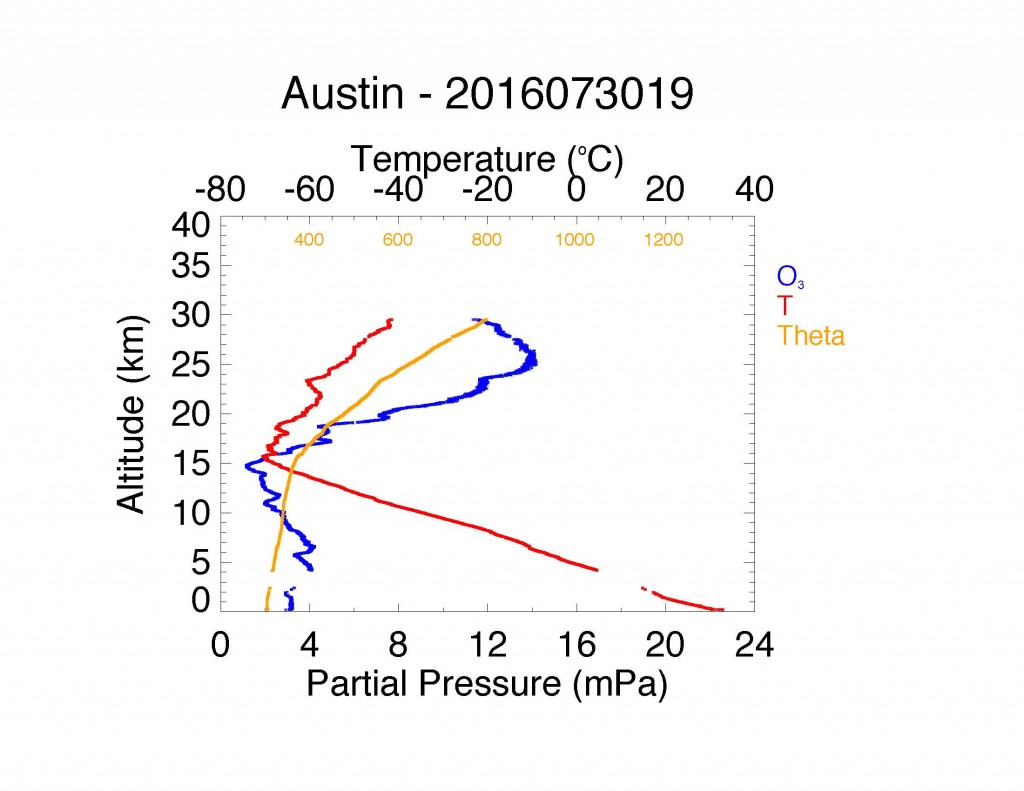Dear colleagues and students,
A reminder to students that if you did research ANYWHERE this past summer and would like to present a poster on that work as part of the student poster session following this year’s Lucian Symposium (Friday, 23 September), here are the deadlines:
If you have not already done so, submit title, author list, and abstract to NSCIdean@stedwards.edu by 5 pm on Friday, 09 Sept.
This year, we are using Spoonflower to print fabric posters for each student so we will need extra time to allow for the print process. Submit your poster print request in .PDF format ASAP but absolutely no later than 10 am on Monday, 12 September. Submit your requests to nscidean@stedwards.edu.
Each student may have ONE poster printed by the School of Natural Sciences each academic year. Additional poster printing should be paid for by research grant accounts as appropriate. Students should use the poster they print for all appropriate conference presentations during the 2016 – 2017 academic year.
NOTE: posters submitted after 10 am on Monday, 12 Sept. will not be printed by the School of Natural Sciences. I recommend that if you need to print your poster after that date, please look for poster printing services at local area businesses (e.g., FedEx/Kinkos).
We are asking students to hang their posters by 1 pm on Thursday, 22 Sept. That afternoon, the School of Natural Sciences Advisory Board will meet. Members of the board often enjoy reading through student posters. They will have time to do so after their meeting concludes around 4:30 pm that afternoon.
We ask students to take their posters down by 5 pm on Friday, 23 Sept.
We ask students to plan to be at their posters for some portion of the time period 1:00 – 3:00 pm on Friday, 23 September. It is not necessary to stand at your poster for the entire period of time, but do commit to spending some portion of that period of time at your poster if at all possible.
Last year’s event was a tremendous success, and with our prestigious visitors on campus (both for the Advisory Board meeting and for the Lucian Symposium), we have a great opportunity to share what our students have been doing in the area of research and the successes you all are having in advancing the frontiers of science.
Remember, it is not essential that the research occurred at St. Edward’s— any REU or other university research program at which you did research this summer is eligible for a printing of one poster.
Finally – if you were a recipient of a Brother Romard research grant this past summer, the expectation is that you will print out and present a poster at this event.
If you have any questions, please contact NSCIdean@stedwards.edu.
Looking forward to another great student research poster session.

